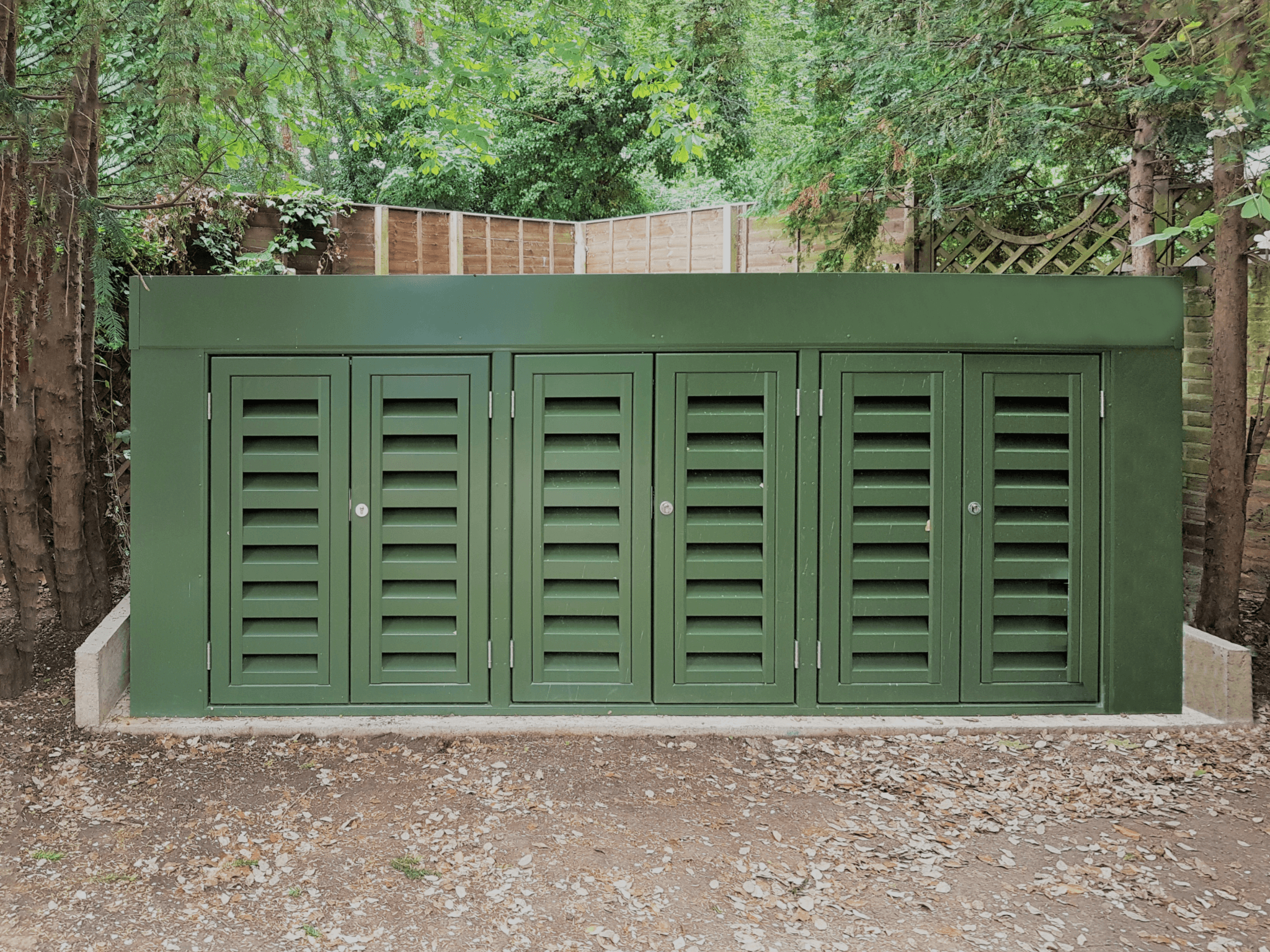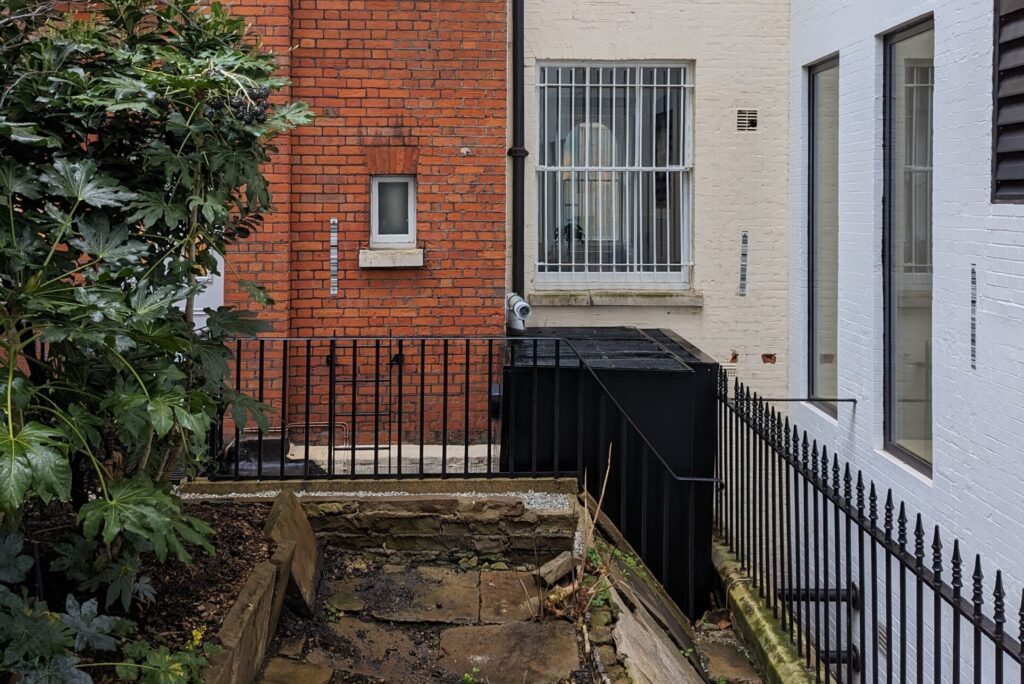
Can I install air conditioning in a Conservation Area?

Shannon Church
Marketing ExecutiveConservation areas are often a consideration for London property projects, particularly renovation works. Where air conditioning is a requirement, there are a number of things to consider.
What is a conservation area?
Many of London’s residential areas are designated Conservation Areas. According to the Planning (Listed Buildings and Conservation Areas) Act of 1990, this is ‘an area of special architectural or historic interest, the character of which it is desirable to preserve or enhance’. When an area is designated a conservation area by the local planning authorities, this tightens the restrictions around the development and changes to property in that Area. When a planning application is submitted in a conservation area, it undergoes rigorous scrutiny with significant focus on the impact of the proposed development in relation to the character of both the property and the area in which it is situated.
My house is in a conservation area, can I have air conditioning?
The traditional DX (refrigerant-based) air conditioning system requires the installation of a condenser unit external to the property, and in a conservation area this is more likely than not to entail obtaining planning permission. The main consideration with regard to this is the noise impact it will have – regulations stipulate that it must not exceed 10dB below the average background noise level as measured from the nearest neighbour’s window.
To make this possible, there are several options. If you have a long garden, you may be able to situate the condenser at the end of the garden, which significantly reduces the level of noise from the condenser that will reach the point at which it’s measured. However, if you have a smaller garden, an acoustic enclosure may be required to help reduce the noise levels to meet regulations and achieve planning permission, despite it needing to be located much closer to the noise measuring point.
Where locating a condenser in the garden is not possible, there are still other ways to achieve planning permission, but this places greater emphasis on the visual element so it isn’t detrimental to the character of the area – some options include concealing condenser units discreetly in lightwells or on the roof (this works best if it’s a tall building).

What if traditional air conditioning isn’t an option?
Where none of these are options, and planning permission is unlikely to be approved in any of those situations, you can still have air conditioning. This simply means that you will need to use a water-cooled system instead of the traditional system. The difference with this system is that it’s plumbed into your mains water supply and relies on water instead of air to obtain its cooling duty, which means the alterations to your property will be internal and not external. With this type of system, you are still able to retain the best effect for concealed, integrated climate control throughout the property, without intruding on the interior design scheme.
How can Calibre help?
Calibre’s methodology provides a robust design path that’s applicable to any project. As an element of this, we have a package to support a planning application, through providing a noise impact assessment, location and specification details and suggested wording for this part of the planning application.